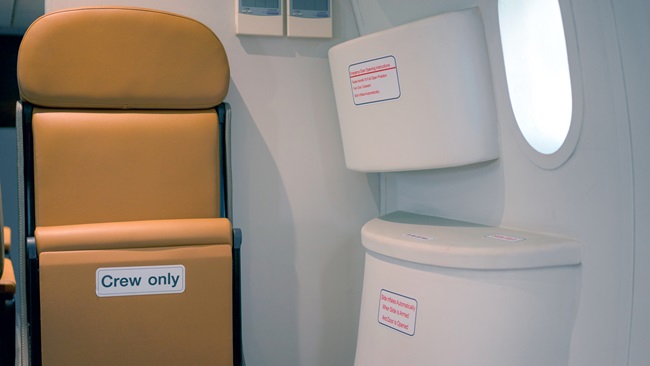Career Pilot: Pulling out of the dive
Airlines begin a return to normalcy

Furloughed pilots are being recalled, airplanes are being exhumed from desert storage areas, and mechanics are prepping them for return to service. The cabins aren’t full save for some Southern destinations, but passenger loads are up from the pandemic doldrums of spring 2020. Transportation Security Administration checkpoint screenings bottomed out at 87,534 passengers on April 14, 2020. Throughput has since recovered to more than 1 million passengers per day as of this writing in early March. Numbers from 2019 were about double where we are currently, but the trend is encouraging.
Among the pilot ranks at the airlines are some aftershocks from the pandemic. Some airlines folded. Some furloughed thousands of front-line employees, including pilots. Other airlines took unique steps to keep pilots on property but required the rest of the roster to accept greatly reduced hours. Bottom line? The vast majority of pilots lost pay but gained a lot of time off. Since many pilots have been idle for months, atrophy of piloting skills has become an issue and pilots require training before returning to the line.
At my airline, it’s been a mixed bag. With the various government bailouts, some pilots have been getting paid their contracted minimum guaranteed pay while sitting at home for months and not risking exposure to the virus. Pay can vary wildly month by month based on whether or not a government bailout was enacted. During months when bailouts don’t apply or expire, pilots revert back to a three-tiered, reduced-hour program based on seniority. On the other hand, some pilots have been working full schedules as if nothing happened and exposing themselves to lots of public interaction in the middle of a pandemic. Airlines don’t need to waste time and money training thousands of pilots they’re not using, so they keep a core of current pilots active while others languish.
My experience during this strange year has been a bit of both worlds.My experience during this strange year has been a bit of both worlds. I spent four months at home being paid minimum guarantee and watched my landing currency lapse (see “Career Pilot: Flowing Backward,” November 2020 Flight Training). When furloughs were threatened, I faced being displaced from captain back to first officer. That displacement came in the summer, and I braced for a 40-percent pay cut. In August 2020, I went back to the schoolhouse to knock off the rust and get retrained in the captain’s seat, followed soon after by right-seat training.
Because of an agreement with our union, however, pilots sharing my seniority were pay protected as captains even though they were flying as first officers. So I had the high seniority of a first officer with captain’s pay protection. Not a bad deal! To make hay while the sun shined, I flew as much as I legally could from fall 2020 to this writing in March. Some months put me at more than 100 hours and brought my annual pay nearly back up to where it normally would be despite making minimum guarantee for four months. On the skills side, in six months, I’d gone from atrophied pilot to a busy bee flying at his personal best.
Having spent months adapting to this pandemic, airlines have become more comfortable with operating with the virus. That is true of all the frontline employees as well. Some policies and procedures seem ridiculous on their face. For example, spacing passengers out by at least six feet throughout the airport and gates only to be later crammed elbow-to-elbow on the airplane. It’s justifiable, though, as the air circulated on the airplane is filtered much better than what you’d find in most airports. We pilots are instructed to have the auxiliary power unit up and running both air conditioning packs prior to boarding passengers to maximize air filtration and keep those packs running until the last passenger walks off.
In February, encouraging news came that I would be returning to the captain’s seat and assigned training in late April. I’m sure the company has not been happy with pilots like me being paid as captains and flying as first officers, so it’s in their best interest to return us to the left seat quickly.
Encouraging news is that some widebody, long-haul jets are being reactivated. International flights were devastated by the pandemic, and many heavies were pressed into cargo-only duty. The cargo flights continue, but now more passenger flights are occurring, which is great news for the whole industry.


